Neutralising Bleach: Safe Practices and Practical Solutions

Neutralising bleach involves either diluting it to safe levels for disposal or using chemical agents that convert it into harmless substances without producing toxic byproducts. The process depends on the context of use—home, industrial, fabric treatment, or wood bleaching—and involves safety and environmental considerations.
1. Bleach Disposal and Dilution Safety
Bleach is generally safe to dispose of in drains if it is diluted with ample water before, during, and after disposal. Municipal water systems contain chemical buffers that neutralise and dilute bleach, preventing environmental harm from typical household bleach volumes.
- High concentrations or large continuous volumes can be a concern due to water wastage rather than toxicity.
- Bleach breaks down quickly in sunlight and evaporates over time; it does not accumulate at low concentrations.
- Small-scale disposal, like household use, is negligible compared to industrial quantities.
2. Testing Bleach Concentration
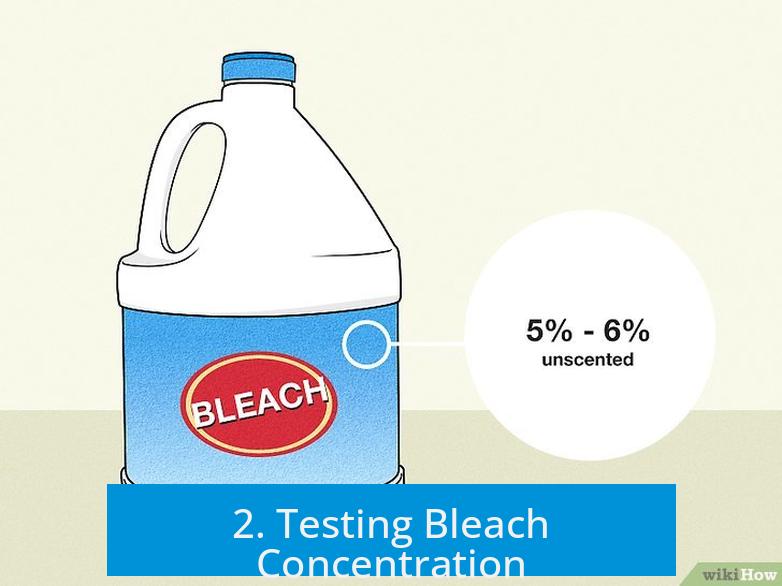
Measuring bleach concentration helps decide when it is safe to dispose of. Bleach test strips and titration kits are commercially available at pool supply or online. When concentrations fall to a couple of parts per million (ppm), the bleach solution is safe to pour down drains.
Pool owners regularly add bleach and test water, showing real-world examples of safe bleach degradation.
3. Chemical Neutralisation Agents
Sodium Thiosulphate
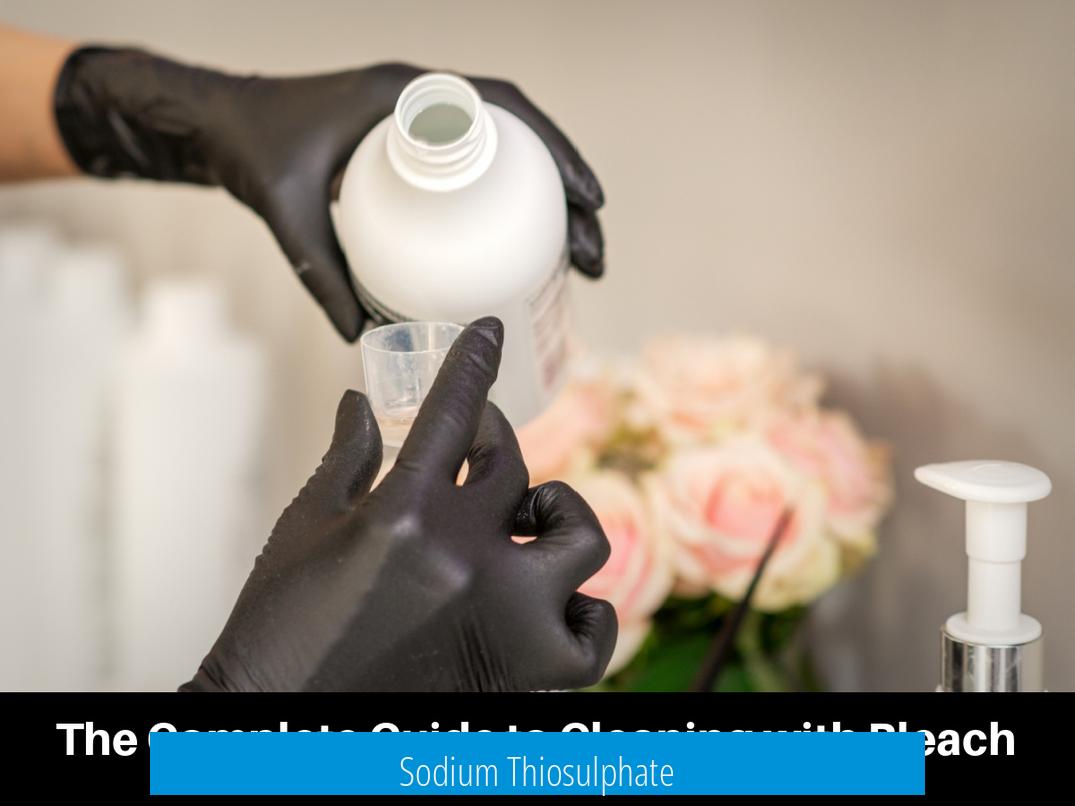
This agent preferentially reacts with chlorine in bleach, converting it into harmless sodium chloride (table salt), sodium sulphate, and water. It is safe to use unless sodium accumulation risks harming soils or crops.
Example: Farmers use sodium thiosulphate to neutralise bleach after sanitizing aquaponic channels.
Sodium Bisulfate
Sodium bisulfate can neutralize bleach but may generate chlorine gas—a toxic and dangerous byproduct. Because of this risk, dilution with water is preferred over chemical neutralisation with bisulfate.
Other Neutralising Chemicals
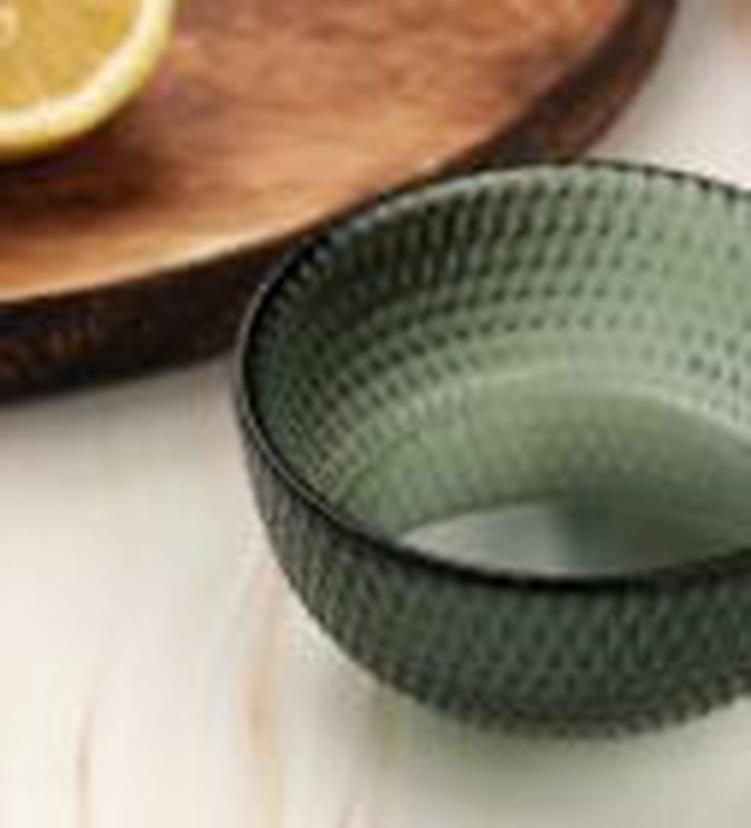
- N-acetylcysteine and ascorbic acid (vitamin C) can neutralize bleach effectively and safely.
- Ammonia must never be mixed with bleach, as this produces lethal mustard gas.
4. Practical Neutralisation Advice
- For home or small-scale use, dilute bleach thoroughly and dispose it safely down the drain; neutralising agents may produce toxic byproducts or corrosive substances.
- Some household drain cleaners contain bleach, indicating routine acceptance of dilute bleach disposal.
- After neutralisation, residues may evaporate and solid residues can be safely discarded with solid waste.
5. Environmental Considerations
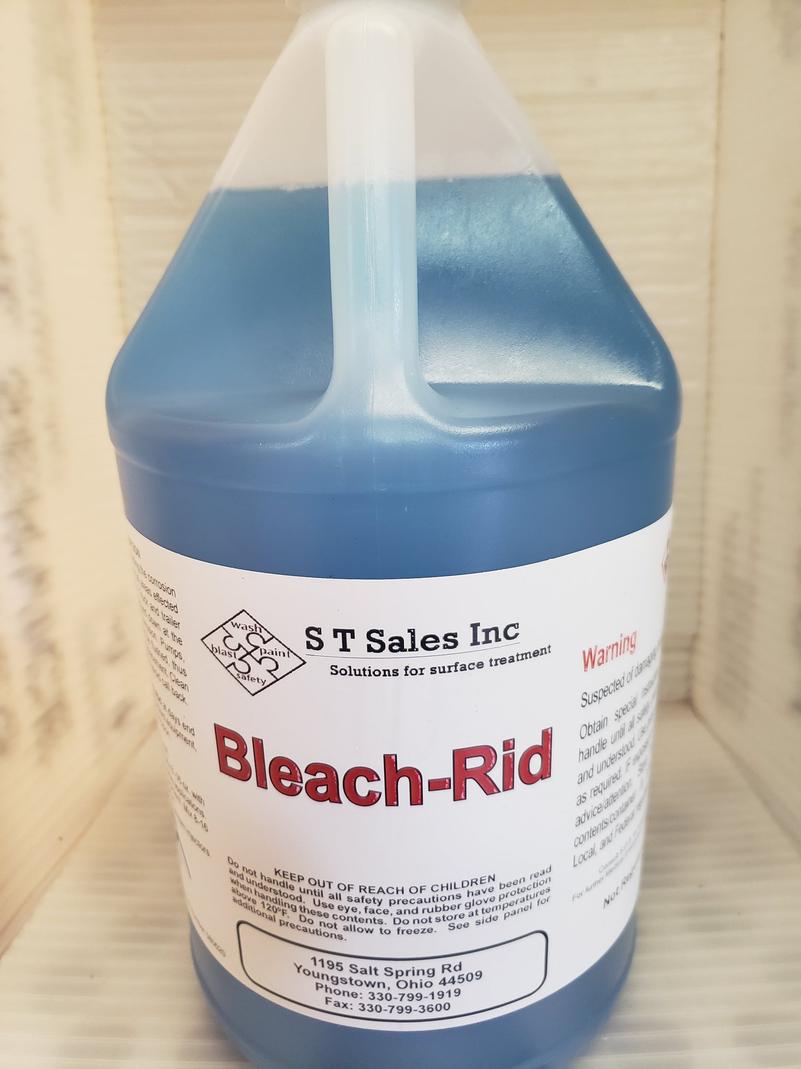
Avoid discharging bleach directly into natural water bodies such as streams to protect aquatic ecosystems. Treated bleach waste with sodium thiosulphate is generally safe unless soil sodium levels are already high.
Natural sunlight and evaporation provide an effective passive neutralisation method for dilute bleach.
6. Scale and Quantity Impact
| Scale | Bleach Quantity | Environmental Impact |
|---|---|---|
| Small-scale | ~1 gallon/week at 6% concentration | Negligible impact |
| Industrial-scale | ~55 gallons/day or more | Substantial impact; requires treatment |
Municipal water already contains chlorine; small bleach additions do not considerably alter water chemistry.
7. Neutralising Bleach on Fabric
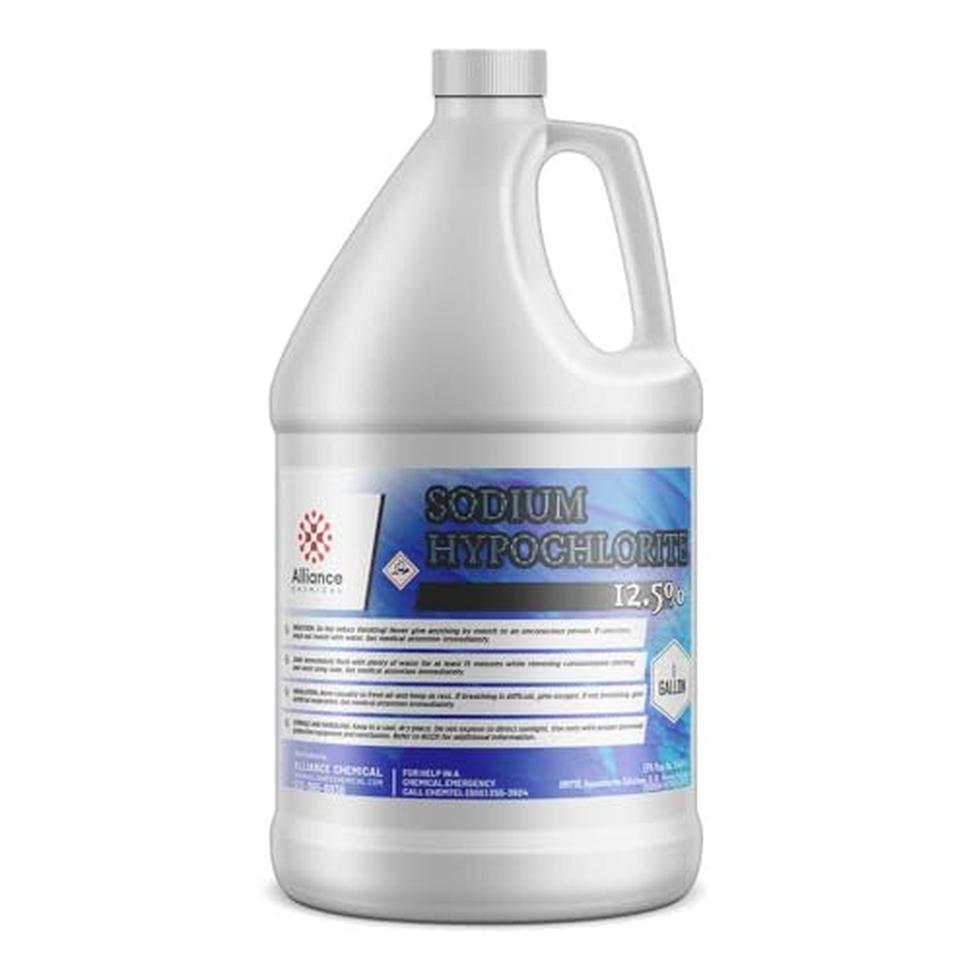
Chlorine bleach on fabric requires neutralisation of both hypochlorite and residual lye. Effective and affordable neutralisers include:
- Bisulfite/Metabisulfite (Anti-Chlor): Use about 1 teaspoon per 4 cups of water.
- Thiosulphate (Bleach Stop): Requires about 1 oz per gallon; more expensive and less potent.
- Ascorbic Acid (Vitamin C): Crush 4–6 tablets into water; neutralises both hypochlorite and lye.
- Hydrogen Peroxide (3% solution): Dilute 1 part peroxide to 10 parts water.
Procedure:
- Rinse fabric with warm water pre-neutralisation to remove excess bleach.
- Soak fabric in the neutraliser solution for about 10 minutes.
- Wash with detergent and rinse thoroughly after neutralising.
8. Neutralising Bleach on Wood
Wood bleaching uses different agents; selecting the neutraliser depends on the bleach type:
- Alkali Peroxide: Neutralise with diluted white vinegar (1:1 vinegar to water).
- Oxalic Acid: Neutralise with baking soda solution (2 tablespoons in 1 cup hot water).
- Chlorine Bleach: Rinse with distilled water several times.
Apply neutraliser with sponge or rag and allow wood to dry.
9. Neutralising Bleach in Washing Machines
The rinse cycle in washing machines typically removes residual bleach effectively. Additional neutralising agents are generally unnecessary.
Key Takeaways
- Bleach safely disposes after dilution with ample water; municipal systems buffer small amounts.
- Chemical neutralisation chemicals exist but may produce toxic byproducts; dilution preferred.
- Sodium thiosulphate is a safe neutraliser for bleach, converting it to salt and water.
- Test bleach concentration with strips or titration kits to confirm safe disposal levels.
- Fabric neutralisation requires both hypochlorite and lye neutralising agents like bisulfite, vitamin C, or hydrogen peroxide.
- Wood bleach neutralisation depends on bleach type; use vinegar, baking soda, or water accordingly.
- Always avoid disposal into natural waterways and avoid mixing bleach with ammonia or other unsafe chemicals.
Neutralising Bleach: The Ultimate Guide to Safe, Smart, and Effective Practices
When it comes to bleach, questions swirl—not unlike the swirl of chemicals it unleashes! How do you safely neutralise it? Can you just pour bleach down the drain without causing harm? And what about that yellowed shirt you accidentally blasted with bleach—how do you stop the chemical in its tracks? Here’s the no-nonsense scoop. You can safely neutralise bleach by dilution with plenty of water or by using specific neutralising agents, but the safest and simplest method for most home and small-scale uses is to dilute it generously before disposal.
Yep, it’s that straightforward. But details matter, especially if you want to avoid toxic fumes, environmental damage, or ruined fabrics and wood furniture. Let’s dig into bleach neutralisation from disposal to fabrics and even wood treatment.
Why Dilution Wins for Bleach Disposal
Bleach is a powerful chemical. But when you dilute it heavily with water — before, during, and after disposal — it becomes a much less troublesome guest. Municipal water treatment plants are champs in this arena. They contain chemical buffers that neutralise and dilute bleach residues, preventing damage from the diluted splash that most households contribute.
“Bleach is very safe to dispose of in drains (with plenty of water running before, during and after).”
“Municipal water facilities have chemical buffers that… neutralise and dull out any amount of bleach you can throw at it as a non-industrial user.”
That’s comforting news for your sinks and pipes! But here’s the catch: avoid dumping massive bleach volumes continuously. That’s water wastage and, potentially, environmental harm.
“If you’re talking buckets every day for weeks, we’ve got a problem.”
Thankfully, bleach naturally loses its zing over time. Sunlight and evaporation break it down quickly, so low concentrations don’t hang around to cause trouble.
Want to Measure How Much Bleach Is Left? Tools for the Curious
Wondering if your bleach is still too strong to dump? Test strips and titration kits—commonly available at pool supply stores or online—can give you an exact reading. When bleach concentration dips to just a couple of parts per million (ppm), you’re safe to pour it out.
“Pool owners dump gallons of 6% bleach weekly to maintain chlorine — it naturally breaks down.”
So think of your bleach disposal like pool maintenance. Nature and good chemistry do most of the neutralising for you — plus a splash more water.
The Chemistry Behind Neutralising Bleach: Agents You Should Know
For those who deal with more than casual bleach use, chemical neutralisation agents come in handy. But beware! Some ask for caution because of toxic byproducts.
- Sodium Thiosulphate: It’s a hero in disguise. This compound grabs onto chlorine atoms faster than bleach can wreak havoc and changes bleach into harmless salt, sodium sulphate, and water. It’s the farm-friendly choice for neutralising bleach without leaving toxic traces behind.
- Sodium Bisulfate: This can neutralise bleach but beware of chlorine gas—a toxic byproduct that can make your nose and lungs protest. Not recommended for DIY home neutralisation.
- Other agents: N-acetylcysteine and ascorbic acid (Vitamin C) also neutralise bleach chemically.
- Danger Zone: Mixing bleach with ammonia creates deadly mustard gas. Never do it.
“I used sodium thiosulphate after bleaching aquaponics channels on a farm.”
Simple and Safe: Why Dilution Is Still King
Considering chemistry experiments at home? Maybe think twice. Neutralising bleach chemically at home risks creating toxic or corrosive substances. Instead, pour bleach into a bucket full of water and dilute it—the classic and safest method for homes.
“Many drain cleaners have bleach in them.”
“Neutralising chemically can be risky; so dilute and pour down the drain.”
Got leftover bleach after cleaning? Let it evaporate in sunlight. When dry, you can safely toss the residues in the trash.
Environmental Impact: The Do’s and Don’ts of Bleach Disposal
That sink-to-sewer route usually handles bleach well—but don’t dump bleach into streams or natural water bodies. Even diluted bleach can stress aquatic life.
“Make sure your septic or drainage system doesn’t discharge bleach into streams that affect aquatic life.”
Treated bleach waste with sodium thiosulphate is usually safe, unless you live near crops sensitive to sodium—salt can be trouble in those cases.
Sunlight and time are nature’s own bleach neutralisers. Leaving diluted bleach water exposed to sun for several hours can reduce its potency without any fuss.
Does Size Matter? Scale and Bleach Impact
Yes, one gallon a week of household bleach? No big deal. But think industrial scale—55 gallons a day—and you have an environmental headache. Municipal water folks balance chlorine levels regularly, so your small bleach contributions are barely a blip.
“If you are talking a gallon a week, that’s minimal. But 55 gallons a day is something else.”
Neutralising Bleach on Fabrics: Saving Your Favorite Shirt
Got a bleach accident? It’s not the end of the world. To stop lingering bleach damage on fabric, you need to neutralize both the hypochlorite and the lye, the two chemical culprits in household chlorine bleach.
Four practical neutralisers stand out:
- Bisulfite/metabisulfite (Anti-Chlor or Camden Tablets): Cheap and potent. Use 1 teaspoon per 4 cups (950 mL) water.
- Thiosulfate (Bleach Stop): More expensive, less potent. Use 1 ounce per gallon water.
- Vitamin C (Ascorbic acid): Affordable and found at pharmacies. Crush 4-6 tablets, dissolve in enough water to soak fabric.
- Hydrogen peroxide (3%): Easy to find drugstore staple, gentle for sensitive users. Use 1 part peroxide to 10 parts water.
Before applying your chosen neutraliser, rinse well with warm water to wash off as much bleach as possible. Soak the fabric in the neutraliser solution for about 10 minutes. This stops the bleaching process right where it is.
After neutralising, wash with laundry detergent and rinse well. Your fabric’s hero moment is complete.
Neutralising Bleach on Wood: Different Blues for Different Bleaches
Wood bleach isn’t exactly household bleach. Depending on the bleach type, you need various neutralisers:
| Wood Bleach Type | Neutraliser | Mix Ratio |
|---|---|---|
| Alkali peroxide (lightens wood) | White vinegar | 1 part vinegar to 1 part water |
| Oxalic acid (removes iron stains) | Baking soda | 2 tbsp baking soda per 1 cup hot water |
| Chlorine bleach (household bleach on wood) | Rinse thoroughly with distilled water (multiple times) | N/A |
Apply the neutraliser with a sponge or rag to the bleached spots. Let it dry naturally.
Neutralising Bleach in Your Washing Machine? It’s Easier Than You Think
Did you know your washer does much of the neutralizing work for you? The rinse cycle is often enough to wash out bleach residues safely from clothes. No extra chemistry degrees required.
Final Thoughts: Keep It Simple, Keep It Safe
Bleach neutralisation might sound like a chemical wizard’s job, but for everyday uses, it’s simple:
- Dilute generously with water.
- Dispose in drains connected to municipal treatment systems.
- For fabrics and wood, use the recommended neutralisers to prevent damage.
- Never mix bleach with ammonia or acids without expert guidance.
- Test concentrations if you want precision, especially for pools or farms.
Ultimately, your best bet is water and sunlight. Both dilute and degrade bleach safely and effectively, with a little understanding and care from you as the user.
So next time you’re armed with bleach, wield that responsibility wisely and remember: dilution and moderation turn hazardous bleach into a household helper–safe for you, your fabrics, your wood, and the planet.
What is the safest way to dispose of bleach at home?
Dilute bleach with plenty of water before pouring it down the drain. Municipal water systems can neutralize small amounts of bleach safely. Avoid pouring large volumes continuously to protect water resources.
How can I test if bleach is safe to pour down the drain?
Use bleach test strips or titration kits from pool supply stores or online. If bleach measures only a couple of parts per million (ppm), it is safe to dispose of down the drain.
Which chemicals effectively neutralize bleach and are safe to use?
Sodium thiosulphate neutralizes bleach into harmless salt and water. Ascorbic acid and N-acetylcysteine also work. Sodium bisulfate can neutralize bleach but might release toxic chlorine gas, so it is less safe.
Why is diluting bleach often preferred over chemical neutralization?
Chemical neutralization can produce toxic byproducts or corrosive substances. Dilution reduces risks and is simpler for home use. Letting bleach degrade naturally in sunlight is another safe method.
How should bleach disposal be managed to protect the environment?
Avoid direct discharge of bleach into natural water bodies to protect aquatic life. Sodium thiosulphate-treated bleach is safe if sodium levels remain low. Always consider local conditions before disposal.


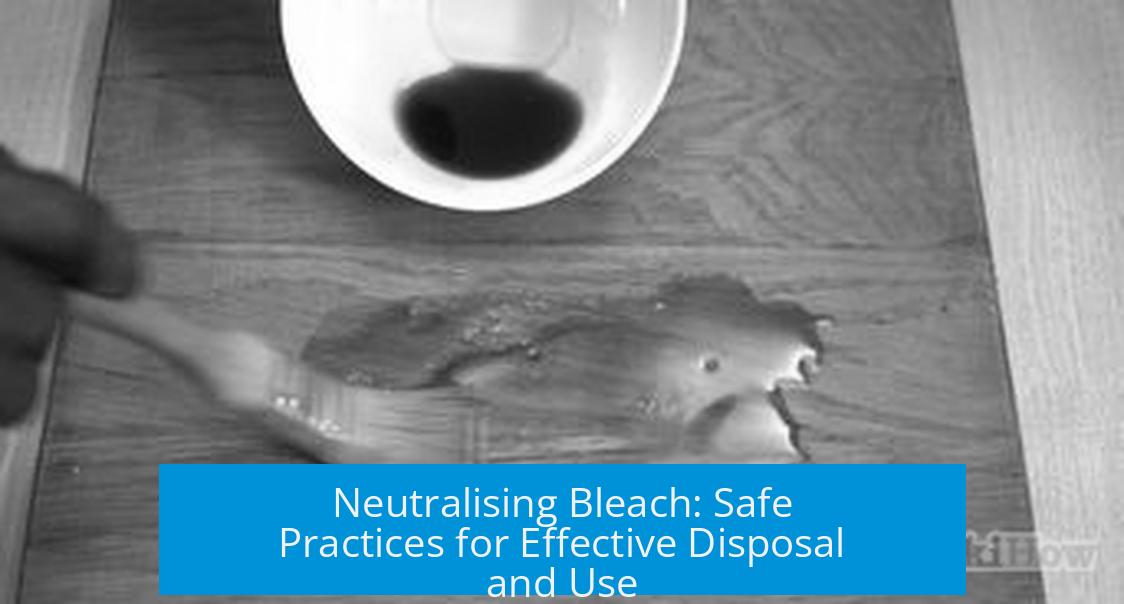
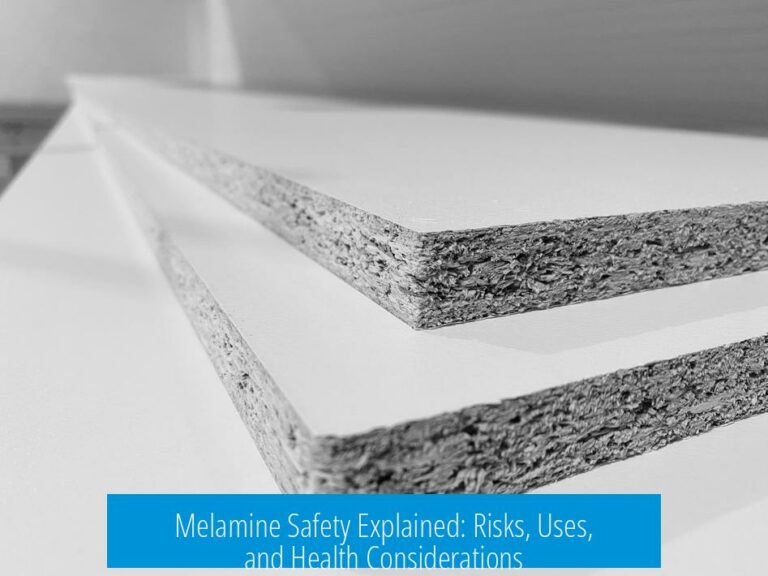
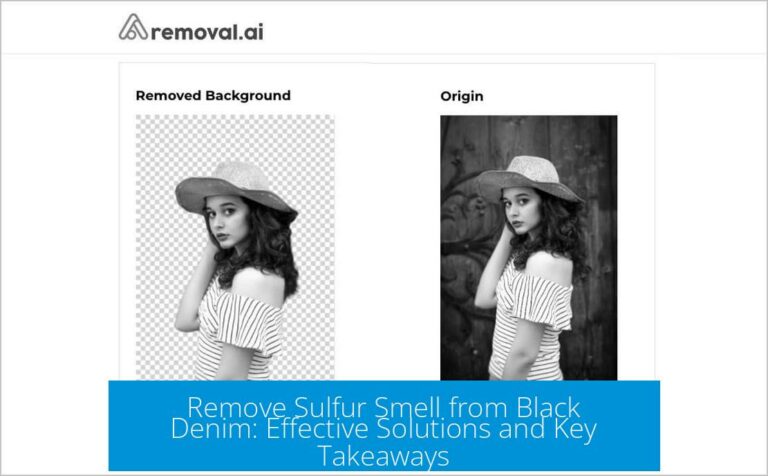
Leave a Comment